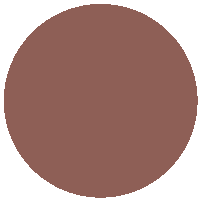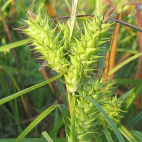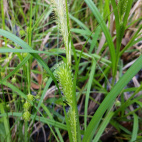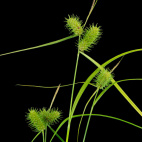Color
USDA Zone
Region
Type
Duration
Season
Germination
Soil
Sunlight
Height
Narrow Your Search
Color
USDA Zone
Region
Type
Duration
Season
Germination
Soil
Sunlight
Height
US Native Sedge Seeds
These Sedge grass seeds are an interesting bunch. Most of these come from the genus of Carex and most are cool season type grasses. A lot of sedges are at home in a wetland habitat, but there are some that tolerate mesic soils as well. There are actually hundreds of the Carex family in existence, so this is just a sampling of the unique species to be found in this family. Sedge grasses are almost impossible to identify by their leaves, but identification becomes more apparent when the seed heads appear because they are so unique.
-
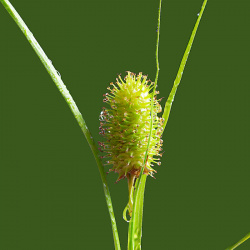 Common Cattail Sedge Seeds
Carex typhina
Quick View
x
Common Cattail Sedge Seeds
Carex typhina
Quick View
xCommon Cattail Sedge Seeds
Starting at $3.75 USD -
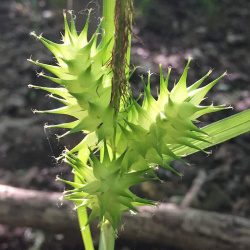 Common Hop Sedge Seeds
Carex lupulina
Quick View
x
Common Hop Sedge Seeds
Carex lupulina
Quick View
xCommon Hop Sedge Seeds
Carex lupulina
Often used in wetland restoration, this vigorous sedge grows large spiky heads on wide leaf blades. The seeds are a challenge to get out of the pods, but the birds seem to enjoy the challenge. This common hop sedge is a cool-season perennial that forms seeds early in the season and drops them in the summer.
Starting at $3.48 USD -
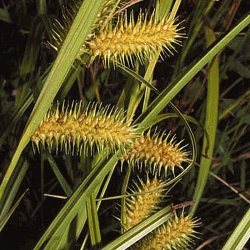 On Sale!
Sallow Sedge Seeds
Carex lurida
Quick View
x
On Sale!
Sallow Sedge Seeds
Carex lurida
Quick View
xSallow Sedge Seeds
Carex lurida
This native sedge prefers wet soil to produce it's yellowish spiny seed heads. This native sedge is not as common as some of its cousins but is sometimes used for native wetland restoration projects.
Starting at $3.48 USD
These Sedge grass seeds are an interesting bunch. Most of these come from the genus of Carex and most are cool season type grasses. A lot of sedges are at home in a wetland habitat, but there are some that tolerate mesic soils as well. There are actually hundreds of the Carex family in existence, so this is just a sampling of the unique species to be found in this family. Sedge grasses are almost impossible to identify by their leaves, but identification becomes more apparent when the seed heads appear because they are so unique.
